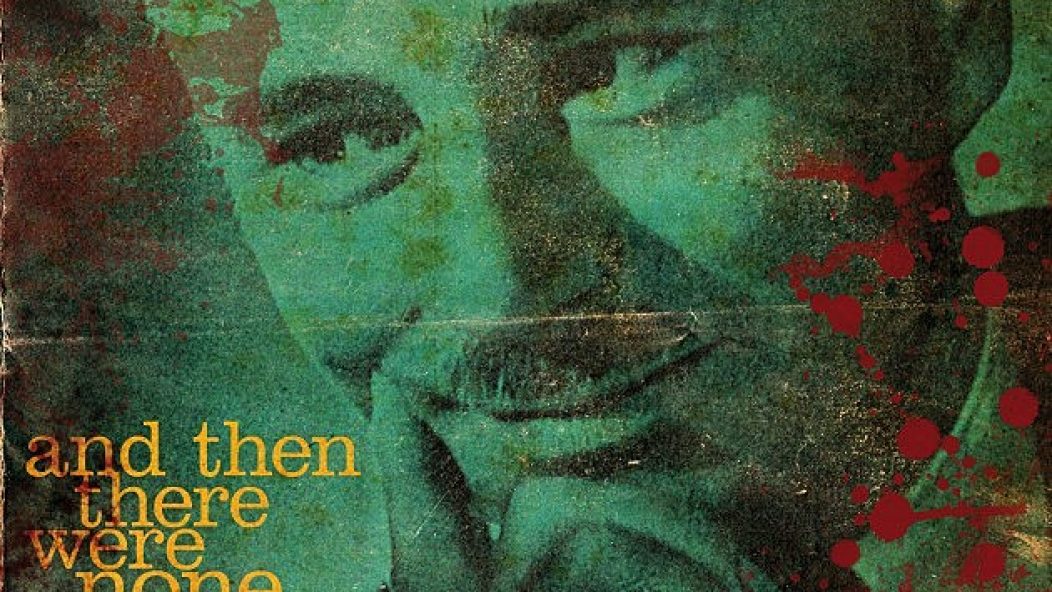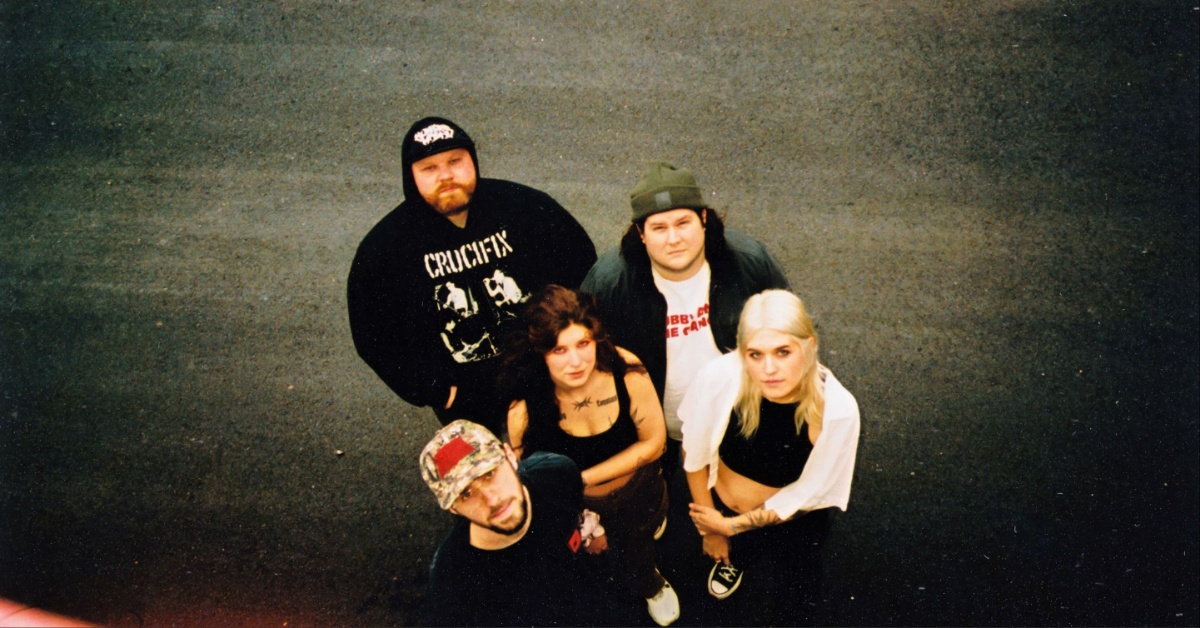
Church of Misery - 'And Then There Were None'
…
Sweat-drenched August nights, warm beer, dried blood: it’s amazing how music can evoke our senses, memories and emotions in such a specific way. It doesn’t even necessarily have to be our own experiences that are being channeled. When I first got around to listening to them Japanese doom quartet Church of Misery became an instant favorite. Their music transports me to 1969 California. Charles Manson’s California. That’s pretty impressive for a group of guys from a completely divergent culture and time. Yes, all of their songs are inspired by serial killers and mass murderers, but it’s more than that. The distorted boogie riffs, extended swamp jams and off-kilter vocal delivery all serve as a conduit to the dark psychedelia of that time and place, the flip side of the hippie-dippie scene that is now pop culture lore. They’ve also been doing it since 1998, long before Making A Murderer, Uncle Acid, and think pieces.
At this point Church Of Misery isn’t so much a functioning band as it is a vehicle for founding bassist and sole constant member Tatsu Mikami’s songs. The constantly rotating lineup finally went tits-up last year and Mikami found himself alone; rather than let a dire situation get him down, he ended up assembling his best lineup to date for new album And Then There Were None. Guitarist Dave Szulkin of legendary doom-horror troupe Blood Farmers knows his way around fuzzed-out killer (ha!) riffs, as evidenced on monster tracks like “Make Them Die Slowly” and “River Demon,” while drummer Eric Little (Earthride, ex-Internal Void) has been pounding out Ward/Bonham beats for more than two decades.
The coup d’état, however, was bringing in underground legend Scott Carlson (Repulsion, Death Breath, everything) for vocals and lyrics. Known primarily for his death metal growling, Carlson shows a talent for sludgier fare throughout And Then There Were None. A few “yeah!”s and “ooh”s are a nod to his days in Cathedral with Lee Dorrian, but otherwise Carlson’s distinctive rasp is intact, albeit slowed to a more appropriate doom crawl. Album closer “Murderfreak Blues” is the perfect showcase, an epic dirge about notorious serial killer Tommy Lynn Sells. Carlson demonstrates he can write about real-life monsters just as well as the ones conjured up by Lovecraft: “Agony, bitterness and anguish/Compulsion growing day by day/Endless pain, misery and sickness/Disintegrating into rage.”
While the lyrical inspirations run the gamut from early 20th century killer cults to murdering drifters put to death as recently as 2014, the core “devil’s blues” vibe still resonates strongly. The lineup may have changed, but the players are clearly on the same page as Tatsu Mikami when it comes to style: Sleep and Sabbath highs, evil bloody lows.
…
…
And Then There Were None is now available from Rise Above Records. Follow Church of Misery on Facebook.
…










